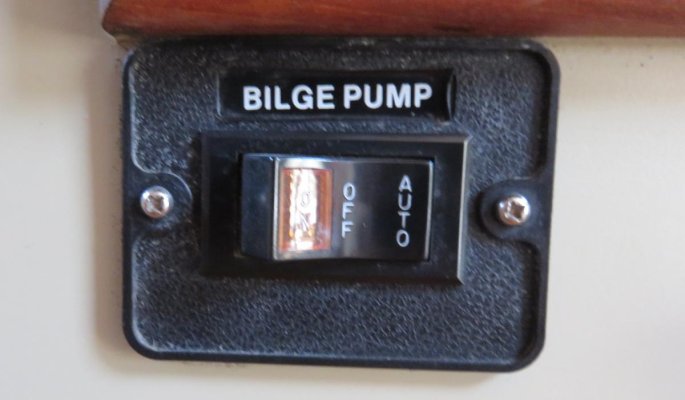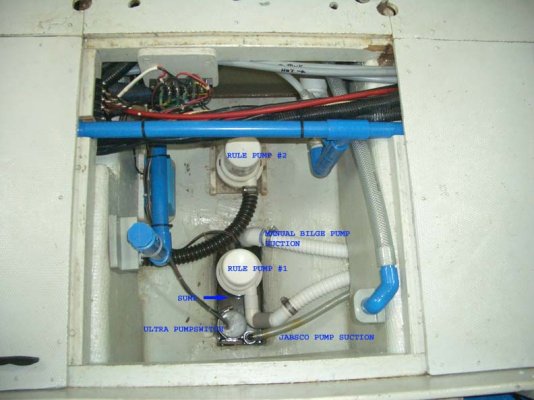O C Diver
Guru
- Joined
- Dec 16, 2010
- Messages
- 12,867
- Location
- USA
- Vessel Name
- Slow Hand
- Vessel Make
- Cherubini Independence 45
So I'm working hard on my trawler refit and am in the process or rewiring, plumbing, and upgrading my bilge pumps. The two pumps were originally set up on a seperate fuse panel that is always on (unlike the main breaker panel that can be switched off), and each pump is switched (in the pilothouse) with either "on" or "controlled by a float switch" (no off position). Liked the idea of a seperate panel for the four pumps I now have, but keep going back and forth on the switches not having an off position. Not having an off position clearly eliminates the possibility of them being accidentally turned off, a trip to the engine room to pull a fuse isn't a big deal and most likely will never happen anyway. But on all my other boats, there has always been an off position. What do you think?
Ted
Ted



 Completely separate from the main DC panel and battery switch with multiple pump redundancy. I went a step further and added an LED to each pump switch to show when the switch is in the "Auto" position, as another poster mentioned. A little paranoid overkill maybe, but better safe than sorry!!
Completely separate from the main DC panel and battery switch with multiple pump redundancy. I went a step further and added an LED to each pump switch to show when the switch is in the "Auto" position, as another poster mentioned. A little paranoid overkill maybe, but better safe than sorry!! 



